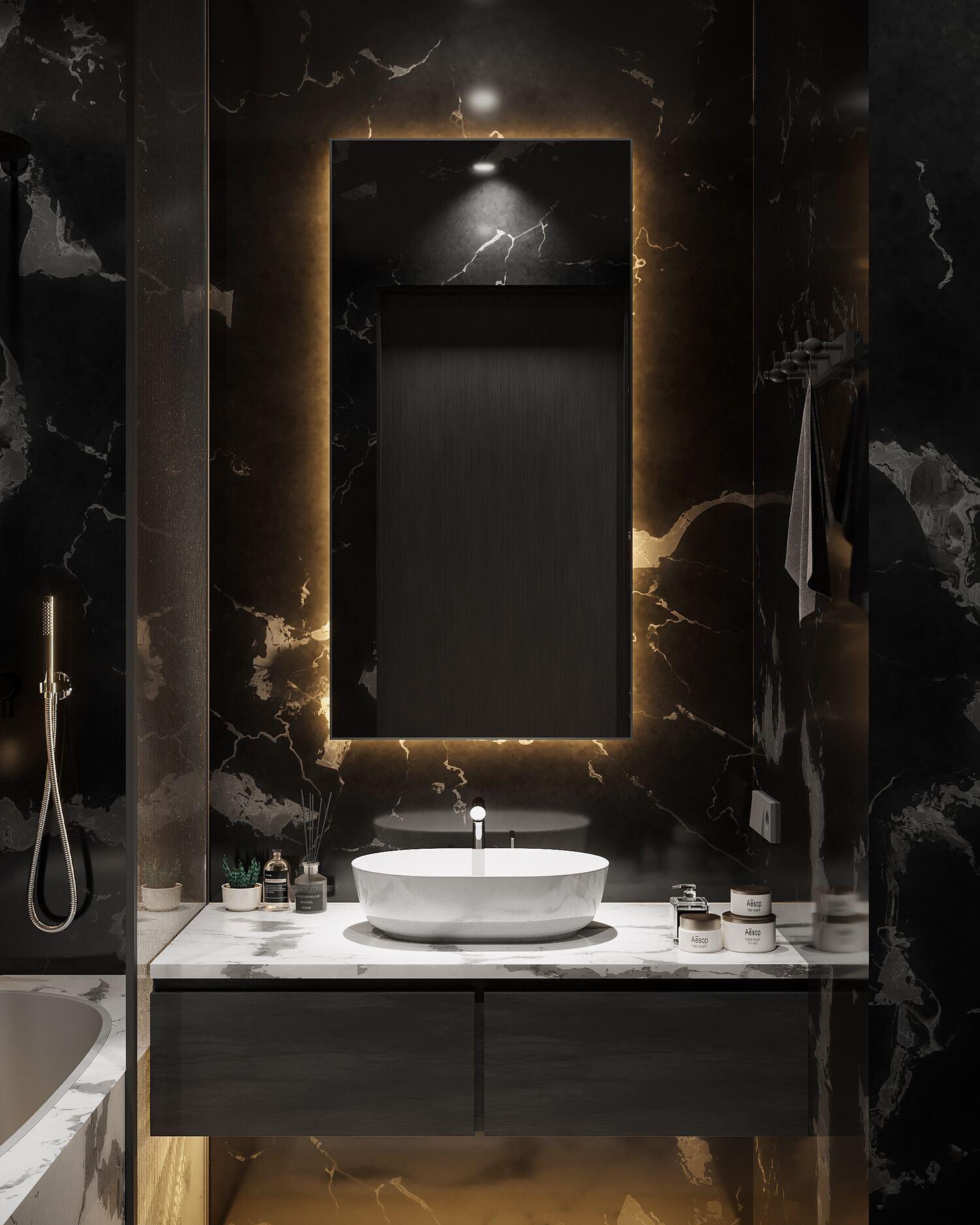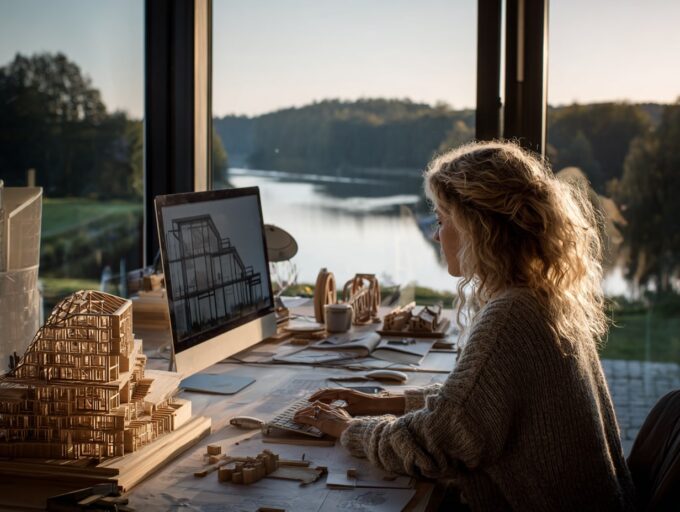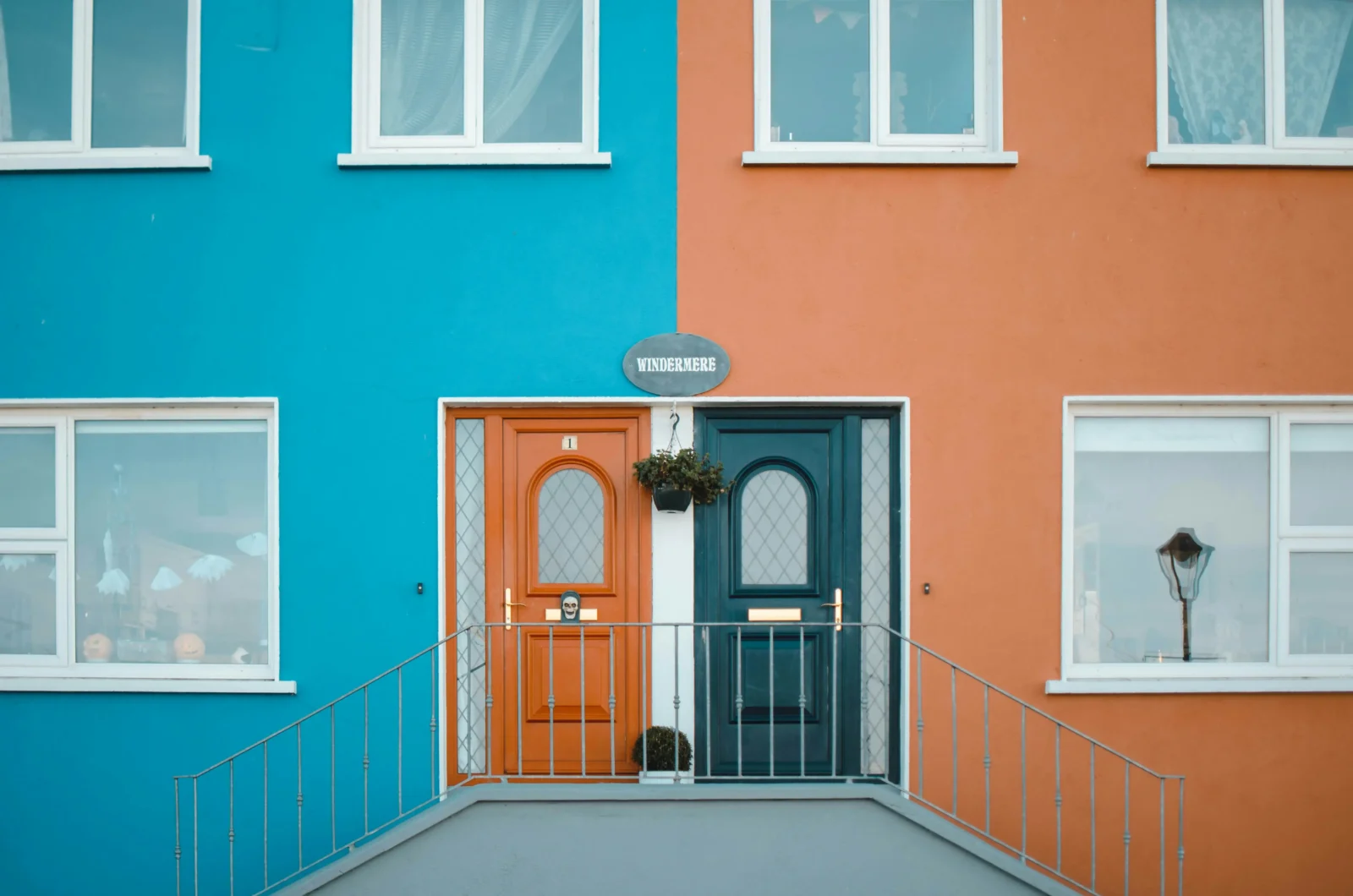- Home
- Articles
- Architectural Portfolio
- Architectral Presentation
- Inspirational Stories
- Architecture News
- Visualization
- BIM Industry
- Facade Design
- Parametric Design
- Career
- Landscape Architecture
- Construction
- Artificial Intelligence
- Sketching
- Design Softwares
- Diagrams
- Writing
- Architectural Tips
- Sustainability
- Courses
- Concept
- Technology
- History & Heritage
- Future of Architecture
- Guides & How-To
- Art & Culture
- Projects
- Interior Design
- Competitions
- Jobs
- Store
- Tools
- More
- Home
- Articles
- Architectural Portfolio
- Architectral Presentation
- Inspirational Stories
- Architecture News
- Visualization
- BIM Industry
- Facade Design
- Parametric Design
- Career
- Landscape Architecture
- Construction
- Artificial Intelligence
- Sketching
- Design Softwares
- Diagrams
- Writing
- Architectural Tips
- Sustainability
- Courses
- Concept
- Technology
- History & Heritage
- Future of Architecture
- Guides & How-To
- Art & Culture
- Projects
- Interior Design
- Competitions
- Jobs
- Store
- Tools
- More
The Most Iconic City Views and the Buildings Behind Them

In every corner of the globe, cities rise and fall, but some have etched their unique skylines into the collective memories of travelers, historians, and dreamers alike. These iconic city views have become symbols of culture, progress, and history. Let’s take a journey through these breathtaking panoramas and discover the buildings that define them.
1. New York City – The Empire State Building The Big Apple boasts one of the world’s most recognizable skylines, with the Empire State Building taking center stage. Completed in 1931, it stood as the world’s tallest building for nearly 40 years. Rising majestically above the city, this Art Deco skyscraper is not just a symbol of New York but of America’s indomitable spirit and ambition.
2. Paris – The Eiffel Tower Paris, the City of Love, offers romantic panoramas punctuated by the iconic Eiffel Tower. Completed in 1889 as an entrance arch to the 1889 World’s Fair, it has become synonymous with romance and French artistry. Standing at 324 meters, it beautifully dominates the Parisian skyline, offering breathtaking views of the city below.

3. Sydney – The Sydney Opera House Sydney’s harbor is a masterpiece in itself, but the Sydney Opera House takes it to a new level. This multi-venue performing arts center, completed in 1973, with its sail-like structures, is a perfect blend of architecture and functionality, making it an emblem of both Sydney and modernist architecture.
4. Rio de Janeiro – Christ the Redeemer Perched atop the Corcovado Mountain, the Christ the Redeemer statue overlooks Rio de Janeiro with arms wide open. Completed in 1931, this 30-meter high statue has not only religious significance but also stands as a testament to the welcoming spirit of Brazil.
5. London – Big Ben and The Houses of Parliament The River Thames provides the perfect foreground for the majestic sight of Big Ben and the Houses of Parliament. While ‘Big Ben’ technically refers to the bell inside the tower, the entire structure has become an enduring symbol of London and the historical might of the British Empire.

6. Dubai – Burj Khalifa Pushing the boundaries of human achievement, Dubai’s skyline is graced by the Burj Khalifa, the tallest building in the world. Completed in 2010, the skyscraper stands at a staggering 828 meters. It epitomizes the modern spirit of Dubai – ambitious, forward-thinking, and resplendent.
7. San Francisco – Golden Gate Bridge While not a building in the traditional sense, no list of iconic views would be complete without the Golden Gate Bridge. Completed in 1937, this suspension bridge with its “International Orange” color is the gateway to the Pacific and perfectly complements the natural beauty of the San Francisco Bay.

8. Rome – The Colosseum Last, but by no means least, Rome’s ancient skyline is dominated by the Colosseum. Built almost two millennia ago, this gladiatorial arena stands as a testament to the Roman Empire’s grandeur and the architectural prowess of ancient civilizations.
City views are a beautiful amalgamation of nature, architecture, and human spirit. The buildings that dominate these skylines tell stories of ambition, artistry, culture, and history. As we travel and explore, it’s essential to look beyond the beauty and appreciate the tales and heritage that these iconic structures symbolize.
The built environment in which we reside has a profound influence on our lives. From influencing our mood and behavior to reflecting our culture and history, buildings play pivotal roles that often go unnoticed. Here’s a deep dive into the importance of viewing and being surrounded by buildings:
- Historical Significance: Buildings are testaments to a city’s or country’s history. By viewing and understanding them, we get insights into the architectural trends of different periods, political influences, socio-economic conditions, and cultural evolutions. They serve as a tangible record of times gone by.
- Architectural Appreciation: Architecture is an art form. Observing various buildings enhances our appreciation for design, style, and innovation. It fosters an understanding of the principles behind construction and the evolution of design over the years.
- Mental Well-being: The built environment affects our mental health. Spaces that are green, open, and aesthetically pleasing can reduce stress, increase feelings of well-being, and improve cognitive functions. Conversely, cluttered, poorly lit, or oppressive structures can have negative psychological effects.
- Economic Indicators: The types of buildings that populate a city or region, their state of repair, and their usage can provide keen insights into the economic health of the area. For instance, a proliferation of new construction may signal economic growth, while a plethora of abandoned or deteriorating structures might indicate economic downturns.
- Cultural Significance: Buildings often reflect the values, aspirations, and artistic expressions of a culture. Sacred structures like temples, mosques, and churches provide insights into the religious and spiritual fabric of a community.

Credit: Houses of Parliament | Westminster, Gothic Revival, Palace of Westminster | Britannica
Submit your architectural projects
Follow these steps for submission your project. Submission FormLatest Posts
The Ultimate Guide to the SaaS Localization Process: Navigating Global Markets with Precision
The Software-as-a-Service (SaaS) model has revolutionized how businesses operate by providing cloud-based...
Tips for Creating a Functional and Beautiful Outdoor Area
A great outdoor area should feel easy to use and beautiful to...
Painting Trends in 2026: Colours & Finishes That Sell Homes
Paint trends for houses show a dramatic transformation as we approach 2026....
How Compact BLDC Motors Enable Dynamic Architecture
Modern buildings are no longer static objects. Windows open and close automatically,...











Leave a comment